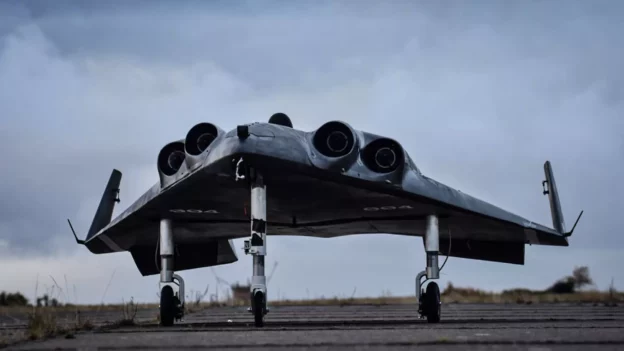He MIRA I space plane prototype, a brainchild of the German company Polaris Raumflugzeuge, was scheduled to make its first test flight using an innovative Aerospike rocket; However, an incident during takeoff resulted in a forced landing, preventing a novel component of its propulsion system from being tested.
MIRA I space plane prototype discarded
During the takeoff phase, MIRA I was reaching a speed of approximately 169 km/h when a combination of an unforeseen reaction in the landing gear and a side wind led to an unplanned landing , causing irreparable damage to the fiberglass fuselage. of the airplane.
Although the vehicle’s subsystems were left largely intact, Polaris decided not to repair the prototype, but rather dismantle it to concentrate on the development of its successors, MIRA II and MIRA III , which are enlarged replicas of the original design.
This test flight would have marked the first time Polaris’ AS-1 LOX (liquid oxygen) kerosene Aerospike linear engine was tested in a real flight environment. Aerospike engines, originally devised in the 1950s, represent a radical departure from traditional designs, as they invert the bell-shaped nozzle of conventional engines, using atmospheric pressure to adjust and optimize propulsion at different altitudes.
Difference of the Aerospike rocket from a standard rocket
Standard rockets with bell-shaped nozzles only operate efficiently at certain altitudes, limited by atmospheric pressure. In contrast, Aerospike use the atmosphere as a virtual outer wall of the nozzle, allowing dynamic adaptation to pressure variations and constant efficiency from sea level to the vacuum of space.
Although the prototype failed to test this technology in flight , future models II and III will integrate the same propulsion system. These new models are larger and maintain the delta wing structure, designed to be completely reusable both to transport payloads and passengers on SSTO (Single Stage To Orbit) missions.
In addition to the focus on technological innovation, Polaris is committed to the sustainable development of its space vehicles. By designing completely reusable spacecraft, Polaris seeks to reduce costs and minimize the environmental impact of its space operations , which could set a precedent for future commercial and sustainable space exploration.
Follow us on social networks and don’t miss any of our publications!
Inspenet.com YouTube LinkedIn Facebook Instagram X
Source and photo: newatlas

